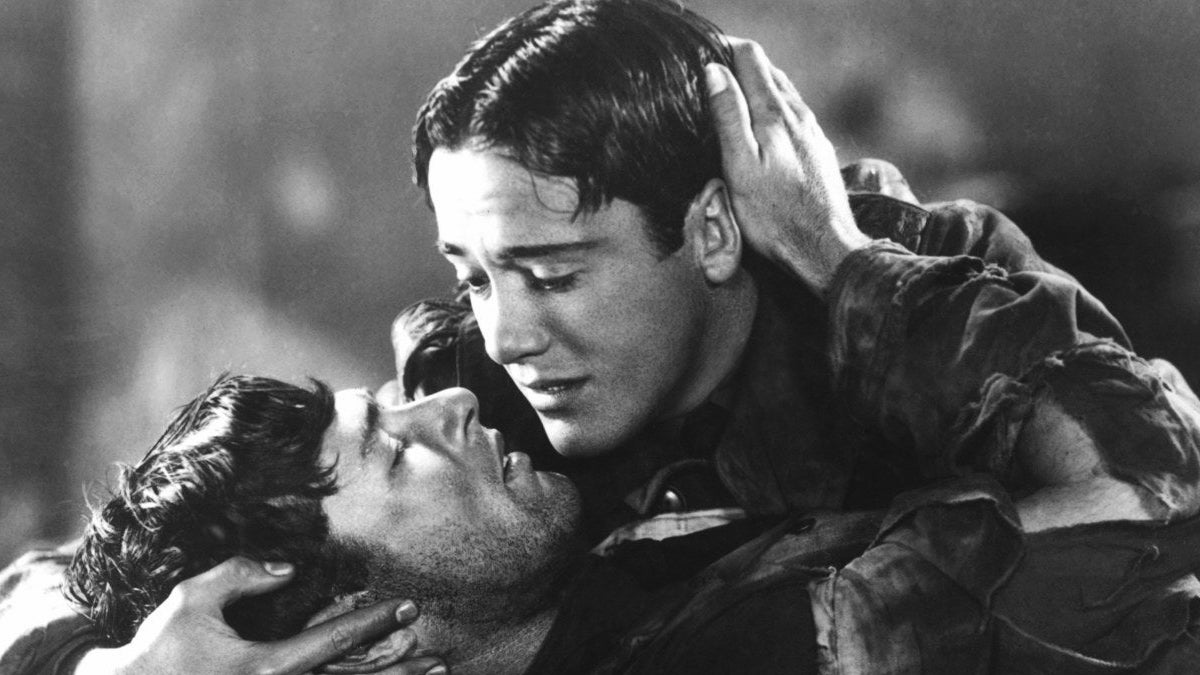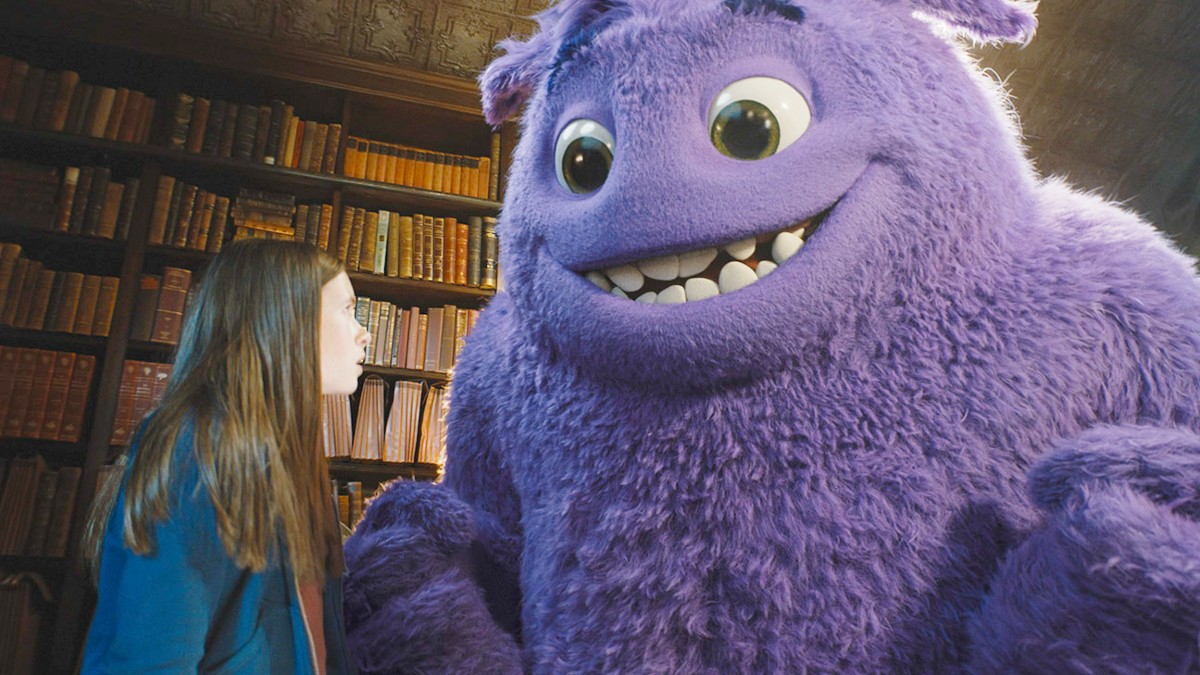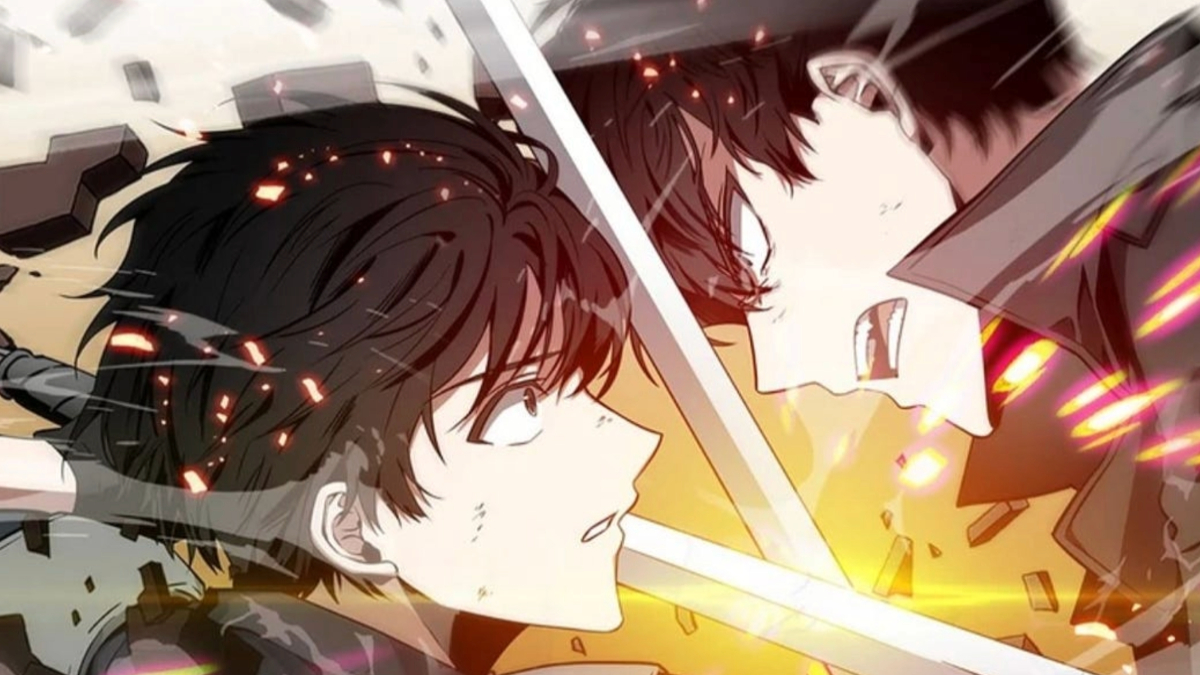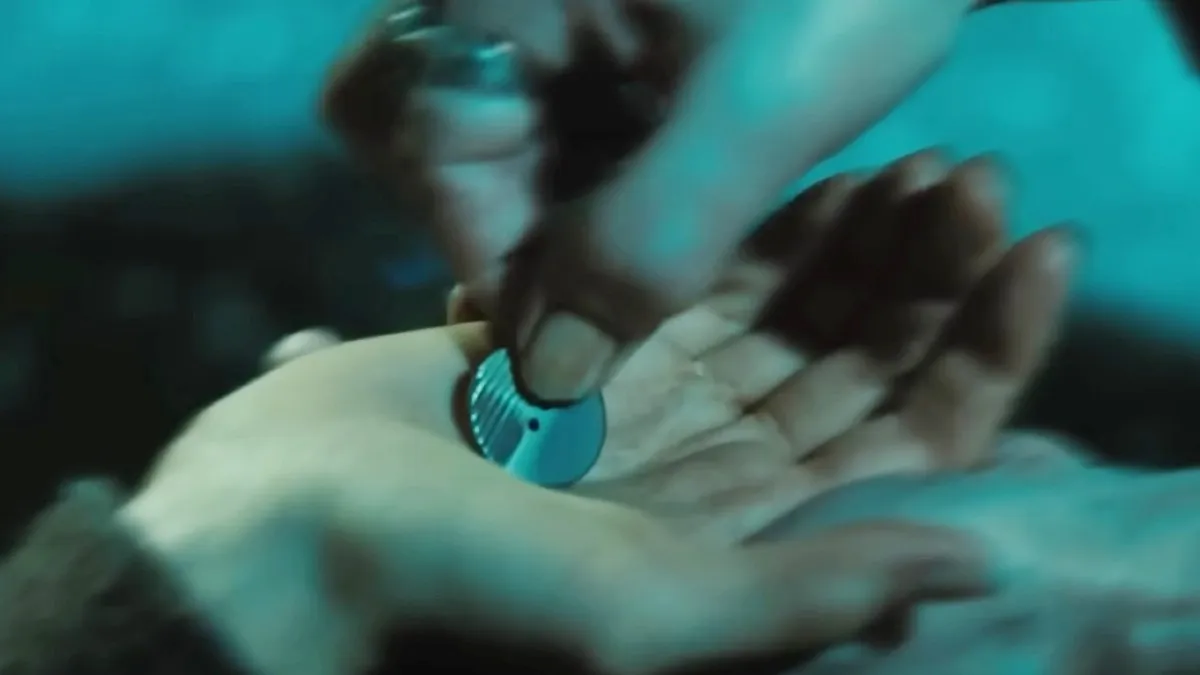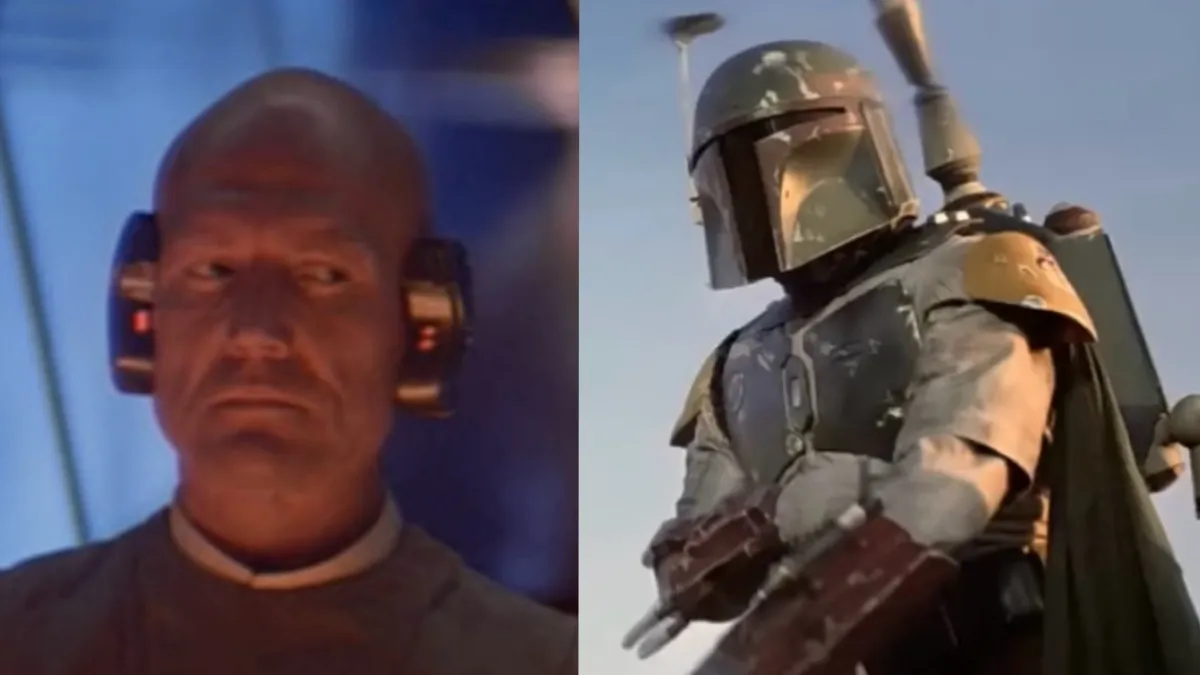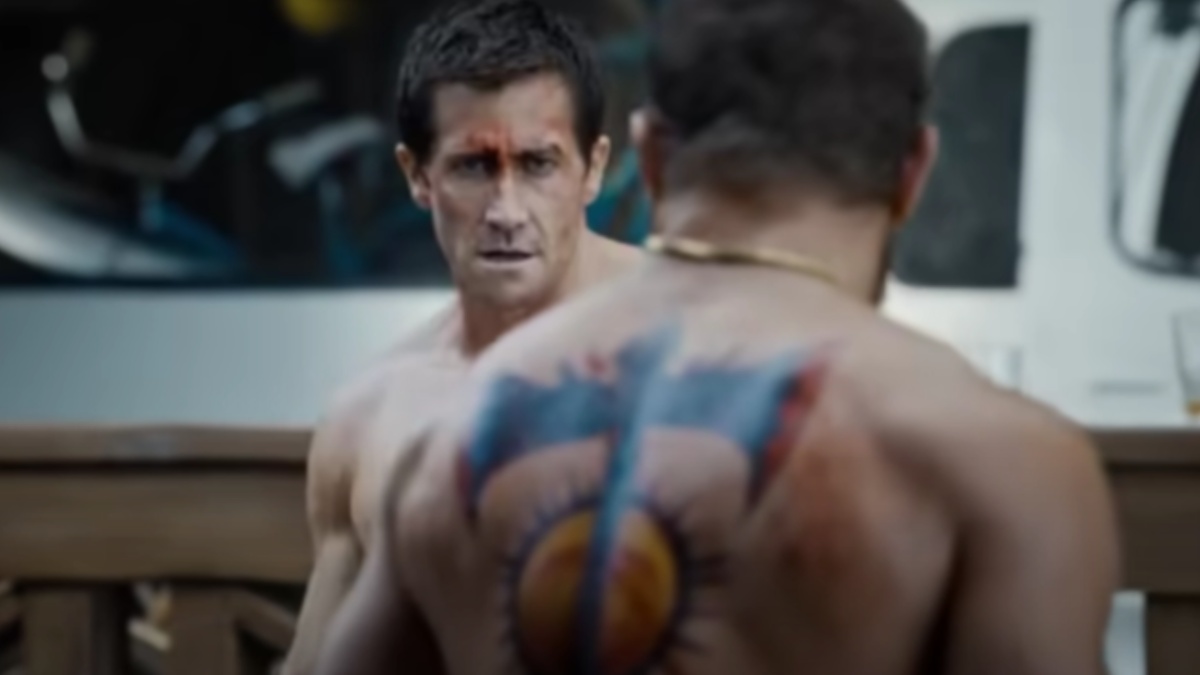This month, we celebrate the 53rd anniversary of the Stonewall Riots. Though a lot of progress has been made in the fight for LGBT+ rights, there’s still a long way to go. That’s exactly why it’s important to look back at history – to learn more about the future fight, people have to know the injustices that oppression can bring, and they have to know how we came to be in our current situation.
Needless to say, the fraught history of representation in media been a long and arduous journey. How ironic is it that drama and the arts have always been stereotyped as a ‘gay’ industry, when for many years the Hays Code demanded that any and all LGBT+ characters be ‘punished’ in some way for their perceived deviance. The way that the media has portrayed the community undoubtedly affected how they were viewed by the cisgender, heteronormative majority.
Nowadays, things are a lot more positive, and GLAAD’s annual Where We Are On TV Report shows just how far we’ve come. Hollywood still needs to address the various inequalities and injustices that plague the industry, but it’s still worth noting some of the most influential moments in on-screen representation.
1. Manslaughter (1922)
Manslaughter represents a major first in film: it’s the first film to feature an erotic kiss between two members of the same gender. In a scene depicting an orgy, two background actors can be seen kissing one another. It’s a very fast scene – blink and you’ll miss it – and another same-sex kiss wouldn’t be depicted until 1927’s Wings, a silent film about two soldiers in World War I. Though the two men kiss as one passes away from his wounds, it was not intended as a romantic gesture – soldiers kissing their dying comrades was apparently common in the trenches of World War I. Audiences didn’t bat an eye at the scene, and Wings became the first Best Picture Winner at the Oscars.
2. Pandora’s Box (1929)
Pandora’s Box is a German silent film that’s notable for being the first film to feature an explicitly lesbian character. Actress Alice Roberts plays Countess Augusta Geschwitz, a tertiary character with a longing for the film’s protagonist, Lulu (Louise Brooks). Alice is helplessly devoted to Lulu, even willing to kill for her. Geschwitz’s gender presentation is also highly unconventional for the era, with her signature look being a tuxedo.
3. Victim (1961)
There was a time when even the utterance of the word “homosexual” – a clinical, completely descriptive term – was enough to spark outrage. Victim, a British production, was the first English-language film to utter the phrase. In the ensuing months, it’s reported that crops became blighted, plague swept the countryside, and dogs learned how to drive drunkenly through the night.
Okay, it wasn’t that serious. But audiences were scandalized, I can tell you that much. Scriptwriter Janet Green conceptualized the script in support of gay men, feeling that they deserved the same rights as anyone. Censors apparently disagreed – the film was lambasted, with the British Board of Film Censors saying that, “to the great majority of cinema-goers, homosexuality is outside their direct experience and is something which is shocking, distasteful and disgusting”. A bit harsh, to say the least.
Coincidentally, American cinema would not have a character utter the word until 1964’s The Best Man, in which a character is accused of being gay.
4. All in the Family – “Judging Books by Covers” (1971); “Edith’s Crisis of Fate” Parts 1 & 2 (1977)
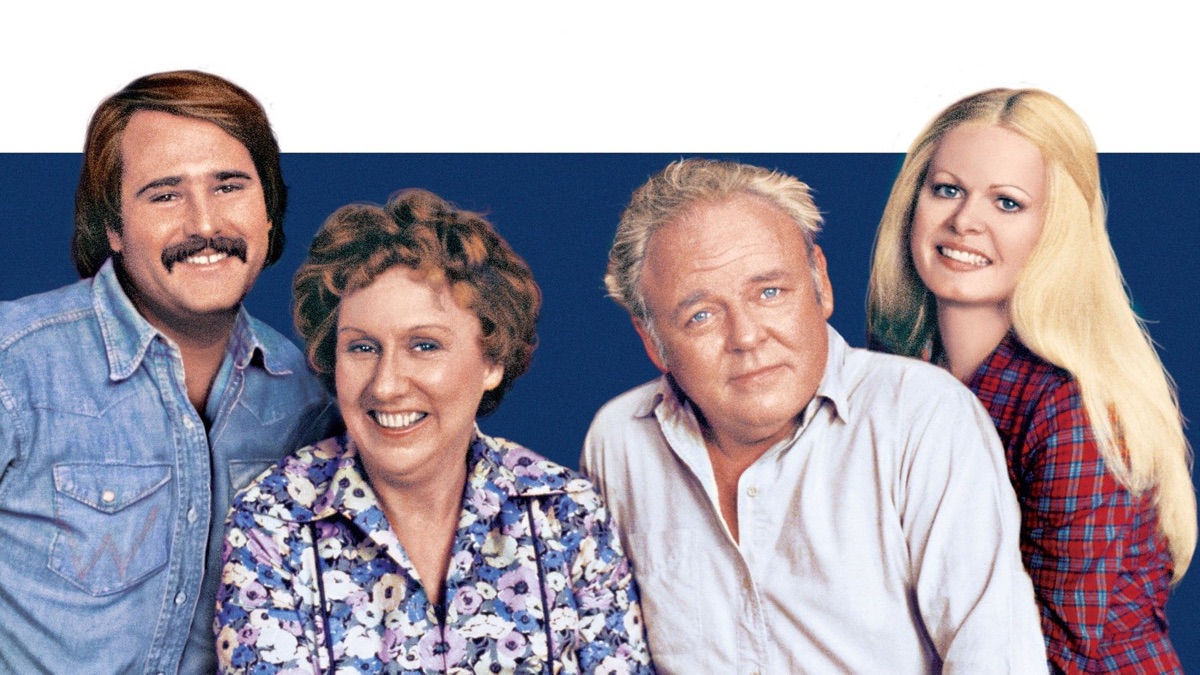
All in the Family starred Caroll O’Connor as patriarch Archie Bunker. Cantankerous and rude, Archie’s bigotry and ignorance was often played for laughs on the show. In one episode, “Judging Books by Covers”, Archie mocks Roger (Anthony Geary) for perceived femininity, speculating that Roger’s gay. Roger, it turns out, is straight, but Archie’s friend Steve (Philip Carey) – a hyper masculine, football playing war veteran – turns out to be gay. It was the first instance of a gay character being depicted on American television.
Later, Archie’s wife Edith Bunker (Jean Stapleton) – who was more compassionate and caring than her husband – would face heartbreak after her friend, a trans woman named Beverly LaSalle (Lori Shannon), was murdered in a gay bashing. Edith then goes on a crisis of fate in the aptly named two-parter “Edith’s Crisis of Fate”, as she grapples with the question of why the tragedy happened, causing Edith to doubt God. It was a heavy topic for the sitcom. Sadly, Shannon (who identified as a gay man and drag queen) would also pass away in real life from a heart attack at the young age of 45 – just a few years after this episode aired.
5. That Certain Summer (1972)
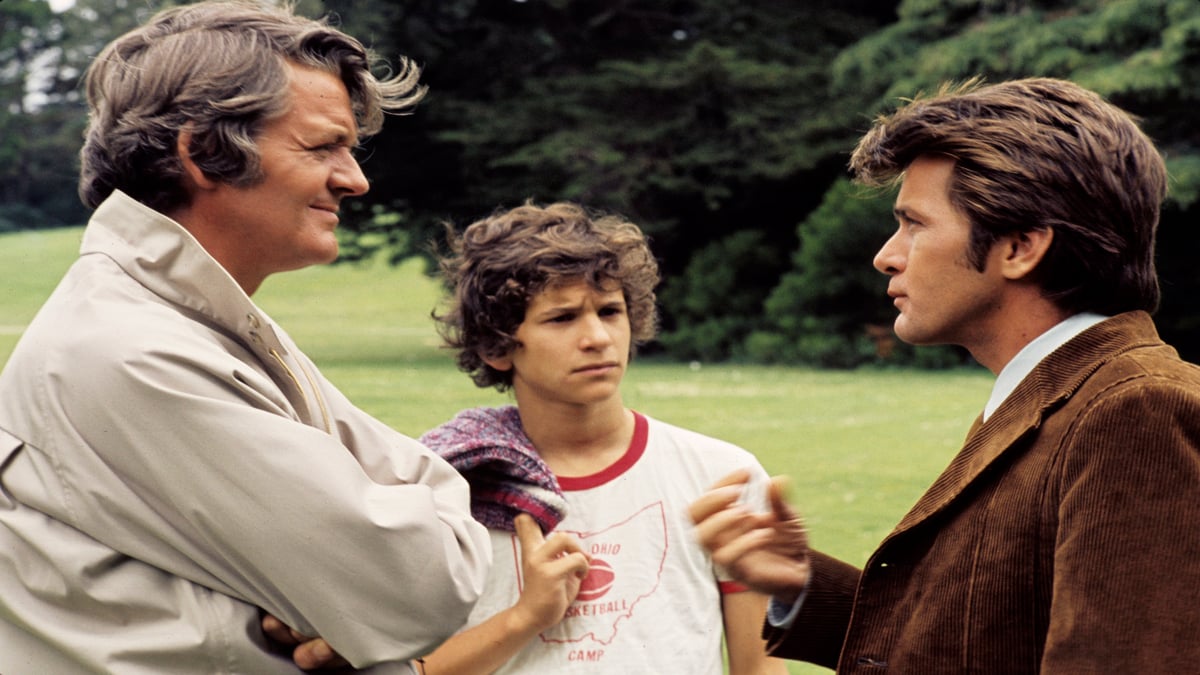
These days, it’s common to accept that early LGBT+ representations were always a negative portrayal. But the ‘70s would bring several progressive and empathetic portrayals to the small screen (prejudice would rear its head more fiercely in the ‘80s thanks to bigoted and serophobic responses to the AIDS epidemic). That Certain Summer represented the first of these sympathetic depictions of gay people on television.
The film stars Hal Holbrook as Doug Salter, a divorced father who’s expecting a visit from his son, Nick (Scott Jacoby). The issue is that Doug lives with his boyfriend, Gary (Martin Sheen), and Nick is unaware that his father is a gay man. As Doug tries to come out to his son, Nick notices the closeness that Gary and Doug share. The film does not end with Nick accepting his father, but Doug’s ex-wife Janet (Hope Lange) assures him that his son just needs a little time.
Writer William Link has stated that, upon taking the project to NBC, the team behind the film were told, “[We] wouldn’t touch that with a ten foot pole, get out of here.” Meanwhile, when actor Cliff Robertson was approached to play Doug, he stated, “I’d rather play Hitler than play that man.”
This is why it’s important to note that the gains we’ve made in the field of human rights can always slip backwards – the closeted life depicted in this film is the kind of quiet and hidden life that bills such as ‘Don’t Say Gay’ – which rests on the false foundation that LGBT+ people are inherently adult and inappropriate – are pushing.
6. All That Glitters (1977)
No one was doing it like Norman Lear back in the ’60s and ’70s. The man was like Ryan Murphy or Shonda Rhimes; it seemed like every show he produced would turn into a ratings hit. Still, there are some lesser-known works in his backlog, and All That Glitters is one of them. At first glance, it just looks like any other sitcom-with-a-twist. In All That Glitters, men and womens’ gender roles are swapped, with sexism primarily operating against men instead of women.
It might sound like a generic premise, but one aspect of the show is one to remember: it was the first television series to have a trans character as a series regular. Linda Gray (a cis woman) portrayed a transgender model named Linda Murkland. While the series did not have a trans actress portray the character, a transgender consultant was present on set to help Gray develop the character properly.
Though All That Glitters only ran for one season between April 18 and July 15, 1977, it aired five nights a week for a total run of 65 episodes.
7. thirtysomething (1989)
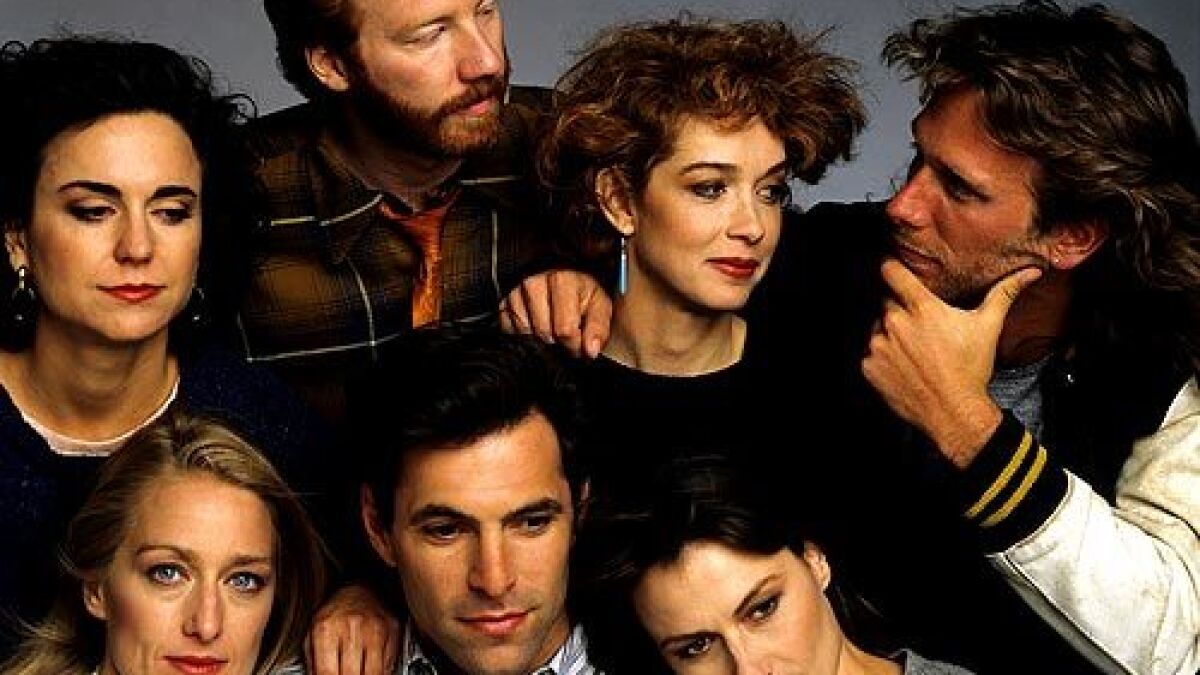
thirtysomething was considered to be the cutting edge of what was acceptable to show on TV back when it first aired. Viewers were scandalized by storylines that included topics such as abortion, addiction, and, of course, a gay couple sharing one bed.
In thirtysomething, recurring characters Russell (David Marshall Grant) and Peter (Peter Frechette), a gay couple, were shown in bed the morning after sleeping together. Absolutely no physical contact was shown between the couple – in fact Grant and Frechette were forbidden from any kind of touching – but the mere suggestion that the two had any kind of intimacy caused a great uproar. Advertisers fled in droves, and the episode lost $1 million in advertising. That summer, the episode did not receive a rebroadcast during reruns, as ABC President Bob Iger (yes, that Iger – gay rights have come a long way) was advised that the network would incur similar losses for every airing.
Still, the moment ironically represents a huge step forward for displaying deeper, on-screen intimacy between gay men.
8. L.A. Law (1991)
L.A. Law was another series known for pushing the envelope. One episode, however, caused a few advertisers to pull away from the series. In the episode “He’s a Crowd”, C.J. Lamb (Amanda Donohoe), who identifies as bisexual within the series, kisses Abby (Michele Greene), who identifies as straight, after a celebratory dinner. Abby expresses interest in exploring the relationship further, but it was not to be – Greene departed by the end of the season, and the kiss had no real impact on the storyline.
For a while after, other networks would try to copy the formula during ‘May Sweeps’, creating a phenomenon known as the “lesbian kiss episode” – frequently, these episodes would generate controversy (and therefore bring in ratings), but would not result in any concrete representation, with the female characters involved unlikely to ever mention the kiss ever again.
9. Dawson’s Creek (2000)
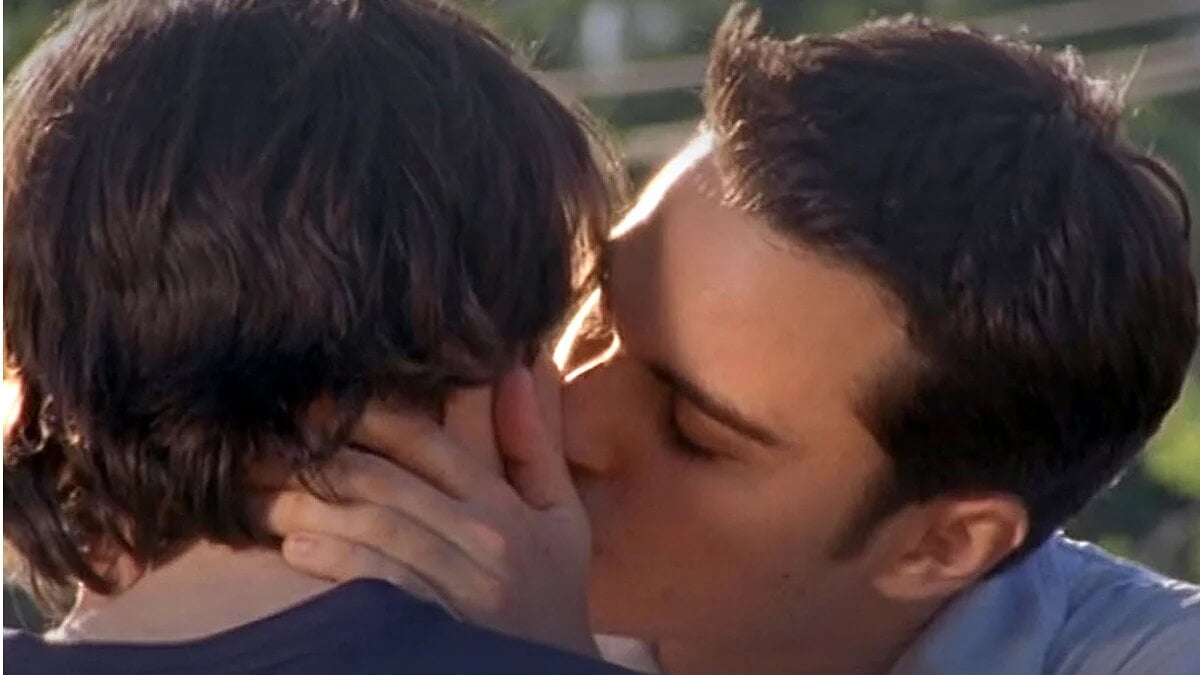
It would be a few more years before the first passionate kiss between two men would be aired on television. While men had kissed on television before, it was usually in the context of a joke – the humor of the situation being two heterosexual men being in a ‘gay’ situation. Whacky, we know.
In the season 3 finale, Jack (Kerr Smith) locks lips with Ethan (Adam Kaufman), finally cementing the two of them as a couple. Showrunner Greg Berlanti, who is openly gay, was reportedly very passionate about getting the kiss right. Gina Fattore, who wrote the teleplay for the episode, recalls Berlanti saying, “This has to be a real kiss! I want to see passion!” Smith also recalls being nervous to film the scene.
Coincidentally, the episode where all of this goes down – “True Love” – is also where a certain meme comes from.
10. Moonlight (2016)
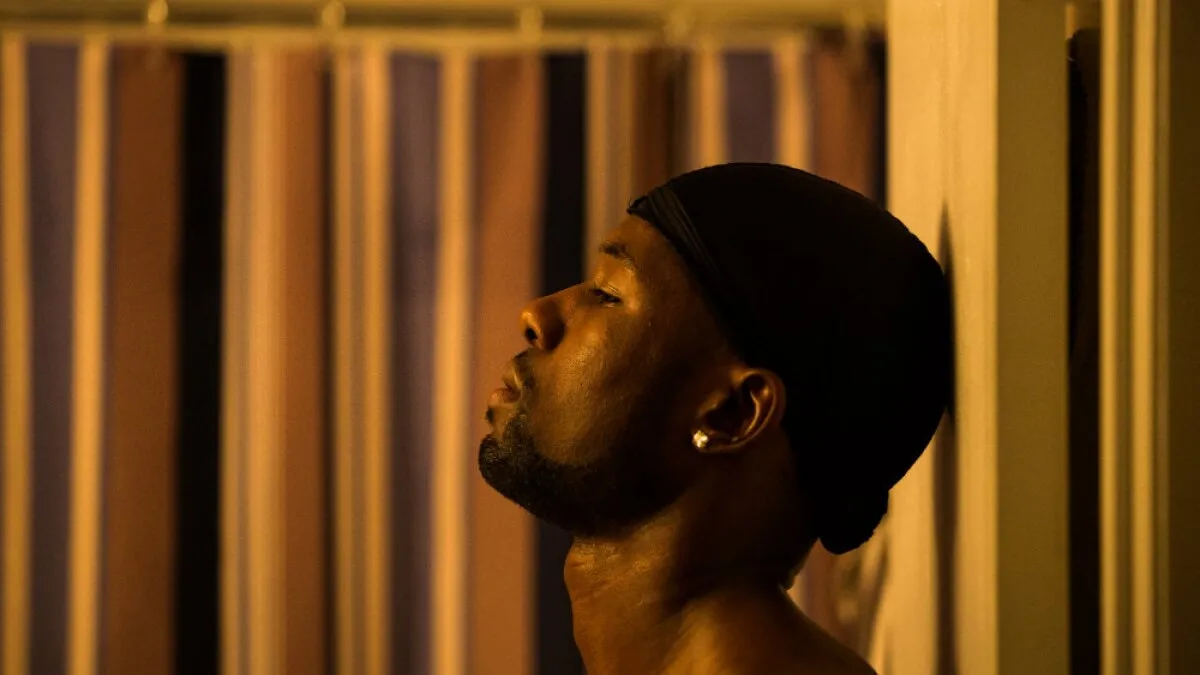
Moonlight was a watershed moment in LGBT+ cinema. For many, many years, straight actors ‘playing gay’ seemed like a shot at Oscar glory – gay and trans roles were considered ‘Oscar bait’. Yet no film centered on the LGBT+ experience had never won Best Picture, and the less said about Hollywood’s historical treatment of LGBT+ actors – well, actually, that deserves to be talked about far and wide.
LGBT+ actors have been forced into the closet, forced into heterosexual marriages by their studios, subjected to countless smear campaigns if even a whiff of their sexuality is leaked to the press, had their privacy intruded upon – it’s a long list. And yet there’s never been an openly gay Best Actor winner at the Oscars. Jodie Foster, the lesbian Best Actress winner to openly come out during their lifetime, only came out after her win.
Moonlight represented a huge win for representation because the story centered around a gay, Black man and was immersed entirely in his experience. Other films have been contenders in the past – Brokeback Mountain immediately springs to mind – but it was commonly felt that they were snubbed because of their subject matter. Moonlight‘s win for Best Picture, even if chaotic, gave the masterpiece its rightful due, something which was not afforded to other, worthy nominees – it felt like a real, positive change in how things “ought” to be.
Next time someone complains about gay people on Stranger Things, just show them this list. LGBT+ people have been around forever, and they’ll continue to be around for as long as the human spirit endures.

